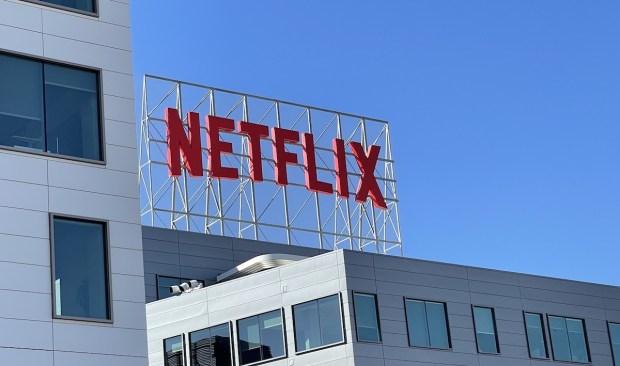
Netflix reportedly began phasing out its cheapest ad-free tier for existing subscribers after saying in January that it planned to do so.
Social media users in Canada and the United Kingdom have been posting that they received notifications from Netflix that the company’s Basic plan has been discontinued, and they must choose an ad-supported tier or a more expensive ad-free one, The Verge reported Tuesday (July 2).
Asked about the notifications by The Verge, Netflix pointed to a statement made during the streaming provider’s January earnings call: “The ads plan now accounts for 40% of all Netflix sign-ups in our ads markets, and we’re looking to retire our Basic plan in some of our ads countries, starting with Canada and the U.K. in Q2 and taking it from there.”
Netflix discontinued its Basic plan for new or returning members in the United States, Canada and the U.K. in 2023, according to the report.
The company has not said when it will phase out the plan for existing subscribers in the U.S., the report said.
Netflix said in April that subscriber fees and its burgeoning ad business had boosted its operating income by 54% to hit $2.6 billion in the first quarter. The firm also added 9.3 million paid subscribers during the quarter, bringing its total number to nearly 270 million globally.
The streaming provider launched its foray into ad-support plans in 2022 and has since seen advertisers invest in campaigns designed to resonate with the platform’s viewers.
“Our two priorities in ads are to scale our member base and to build out our capabilities for advertisers,” Netflix said at the time in a shareholder letter. “We made progress on both fronts in Q1.”
Netflix is not alone in making changes like these. Streaming services providers are looking to drive revenue per user with advertiser opportunities and increased prices, PYMNTS reported in January.
Amazon Prime Video implemented a new $2.99/month charge for ad-free viewing, otherwise integrating advertisement breaks into its content. In addition, key players, including Disney+, Warner Bros. Discovery’s Max and YouTube TV Premium, increased their prices.